Sunny days are around the bend, and we’re gearing up for plentiful summer gardens. Have you covered all your bases? Check out these 10 spring activities to complete ahead of gardening in the hotter months.
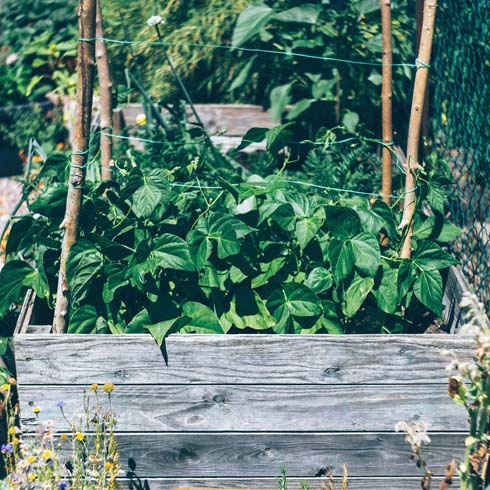
Build or Buy a Raised Garden Bed
If you’re a first-time gardener planning a bountiful summer harvest, you’ll want a container or bed to put your garden in. Container gardening is a quicker and easier way to get started, and a more flexible option for apartment balconies or small urban backyards.
If you have the backyard space, a raised garden bed is a great option – and they’re easy to make for the DIY-ers among us. If you prefer to buy premade, many nurseries and hardware stores sell premade garden boxes. Sometimes, you can even find them pre-built on your local secondhand market.
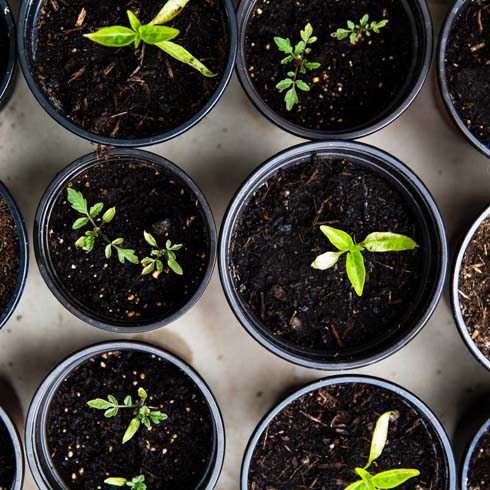
Start Your Seeds Indoors
It’s seed starting season! Starting seeds indoors is a great way to ensure an earlier harvest so you can reap the rewards of your gardening a little earlier. This is an especially good idea for colder areas, as waiting until after the first frost to start seeds outdoors can mean a much later harvest. When should you start your seeds? Double check the type of seeds you have for optimal timing. Keep in mind that root vegetables like potatoes, beets and carrots should not be started indoors – they much prefer to be planted straight outside once the risk of frost has passed.

Prune Back Old Plants, Pull Weeds, and Clear Out Debris
Give your plants a fresh start this spring with a little spring cleaning. If you didn’t get a chance to clean your garden after the last harvest, now’s the time. Prune old, dead leaves off any perennial crops like rhubarb, and dig up the remains of last year’s annuals to make space for this season’s plants. Clear out any litter or debris that may have blown into your garden over the winter while you’re at it. Finally, be sure to pluck out any weeds that may be sprouting. (It’s worth doing a second pass right before planting your seedlings, as weeds can be persistent.)

Remove Old Mulch
Mulch is a great way to help your garden retain moisture by minimizing evaporation. This is especially helpful on those hot summer days or if the garden gets a lot of full sun. It can also help minimize how much weeding you need to do by preventing weeds from rooting in your garden in the first place. If you used mulch last year, you’ll need to remove last year’s mulch in order to prep the soil for this year’s garden. If the old mulch hasn’t broken down too much, you can put it aside and reuse it once you’ve planted your seedlings.
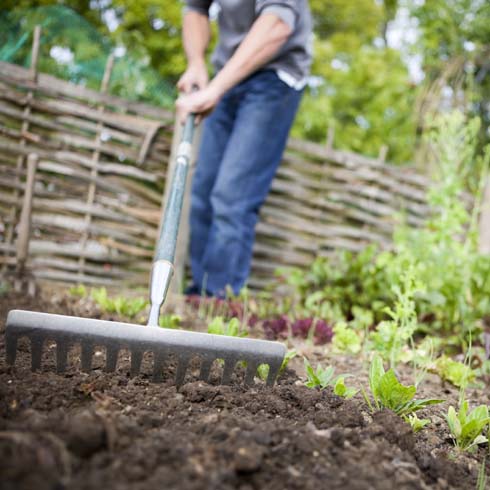
Loosen and Aerate Soil
All the weight of a winter’s worth of snow and ice combined with the melt-and-thaw cycle of early spring can really pack down the soil in your garden. Believe it or not, a plant’s roots need oxygen too. Ideally, soil will be loose and well-draining, with lots of little air pockets to supply the plant with oxygen. This means that compacted soil has got to go! Grab a rake and dig deep to loosen up the soil. Your plants will thank you!
Related: 5 Incredibly Easy Vegetables to Grow
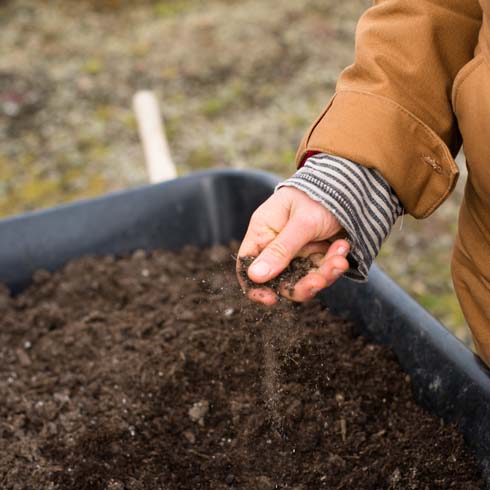
Add Fresh Soil or Compost
Generally speaking, plants need 3 things to survive and thrive: Light, water, and nutrients. If you had a veggie garden last year, those plants will have consumed a lot of the nutrients in the soil. Replenishing those nutrients this spring can help give your plants a boost and make for a bountiful harvest come summer. There are a number of ways to do this. Two popular options are to add compost or manure, or add a layer of fresh soil to your garden.
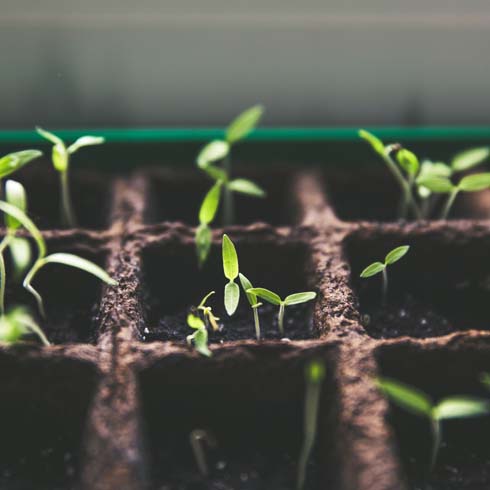
Remember to Harden Off Your Seedlings
If you’ve started your seeds indoors, their tender little leaves will be accustomed to the balmy temperatures of your home. You’ll need to go through the process of hardening them off, or acclimating them to the elements outside. This gives seedlings the opportunity to build up resilience so they can thrive once planted outside. To do this, start small and go slow. On a warm day, put your seedlings outside in a shady spot for an hour, and then bring them inside. Gradually increase their time spent outside until they can live out there full-time.
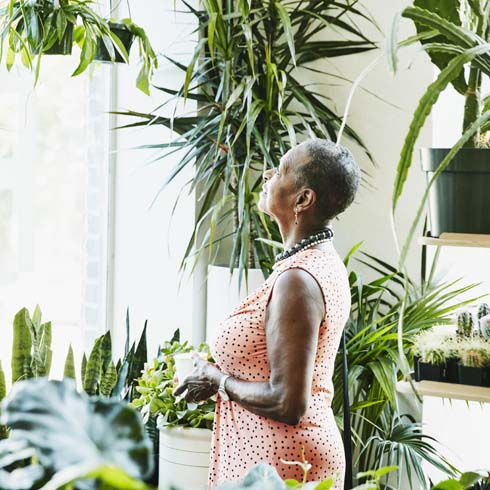
Buy Seedlings at a Local Nursery
There are a number of reasons to buy seedlings from a nursery rather than starting them from seed. Maybe you don’t have the space or sunlight to start them in your home, maybe you forgot to start them in time, or maybe you just don’t feel like starting them from seed. Buying seedlings at the garden center is a great way to keep gardening simple. One major drawback is that buying seedlings is much more expensive than buying seeds. If you have a small garden or the budget to accommodate it, there’s no shame in outsourcing all that work!
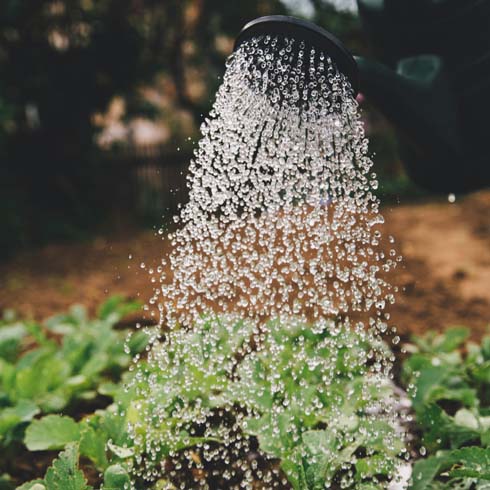
Make a Pest Management Plan
Whether you’re gardening indoors or outdoors, pests are a fact of life. Making a plan to manage pests big and small can help you in two ways. If you make a plan before you need it, you’ll be able to act quickly when pests make themselves known, keeping your plants healthy and on the right track. Planning ahead for pests can also help you take steps to prevent pests in the first place (with fences to keep deer and rabbits out of your garden, for example).
See More: Plants You Can Propagate From Cuttings
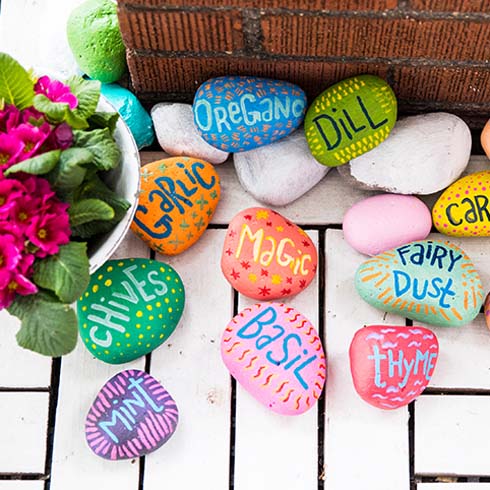
Make Plant Tags or Labels
Your final step in preparing your summer garden is to decide how to label your plants! If you buy seedlings, some folks are content to use the tags that come in nursery pots in their gardens. If you’re a DIY lover of have crafty kids, these plant labels are an easy weekend project that can customize your home garden and get the whole family involved.
HGTV your inbox.
By clicking "SIGN UP” you agree to receive emails from HGTV and accept Corus' Terms of Use and Corus' Privacy Policy.




